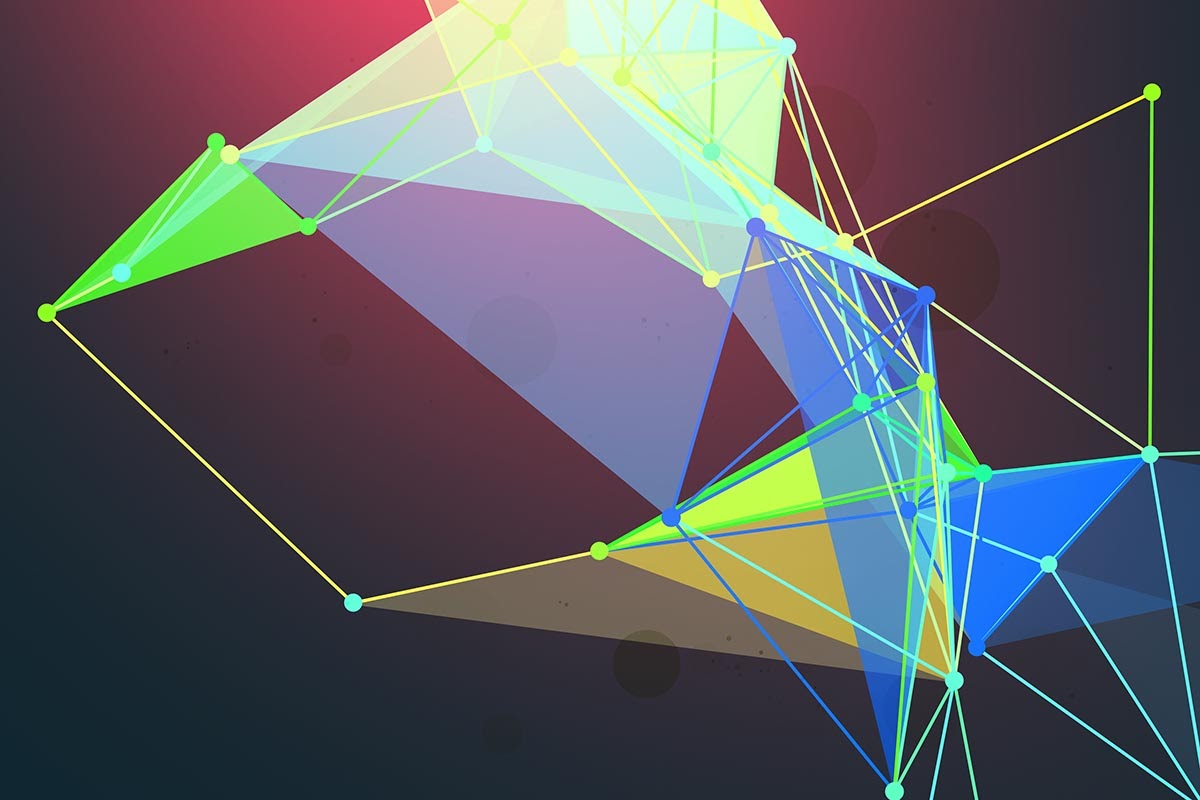Source – https://analyticsindiamag.com/
Bronstein’s paper highlighted how research in many scientific fields such as computational social science, sensors network, physics, and healthcare calls for exploring non-Euclidean data.
Working with 2D data is becoming passe as more and more researchers tap 3D data to develop AI models. Geometric deep learning, as the field is popularly called, deals with complex data such as graphs to create competitive models. Geometric deep learning, which Michael M. Bronstein first mentioned in the paper titled Geometric deep learning: going beyond Euclidean data, is now finding applications in areas such as 3D object classification, graph analytics, 3D object correspondence, and more.
Bronstein’s paper highlighted how research in many scientific fields such as computational social science, sensors network, physics, and healthcare — especially brain imaging — calls for exploring non-Euclidean data.
Deep learning has applications in computer vision, natural language processing and audio analysis, requiring Euclidean or 2D data. To facilitate working with 3D data, researchers are exploring Geometric deep learning, an umbrella term for emerging techniques used to generalise (structured) deep neural models to non-Euclidean domains such as graphs and manifolds.
Surpassing Deep Learning Methods
The current deep learning algorithms such as Recurrent Neural Networks (RNN), Convolutional Neural Networks (CNN), and LSTM have seen tremendous growth in the last few years tackling problems in speech recognition, computer vision, image generation, language transition and more. Most of these deep learning algorithms work on Euclidean (1D or 2D) data. The researchers believe tapping 3D data will improve the accuracy of findings by leaps and bounds.
One of the challenges with traditional deep neural networks is that they cannot parse data. Also, most of these networks are based on convolutions, and convolution works better on Euclidean data. Especially in areas such as network science, physics, biology, computer graphics and recommender systems, researchers have to deal with non-Euclidean data such as manifolds and graphs — which cannot fit in the two-dimensional space. For instance, graphic specialisation or mesh in the computer graphics field is non-Euclidean data. Non-euclidean data can represent more complex data compared to 1D and 2D representation.
Researchers believe, since the real world manifests in 3D, the data should reflect that. To make machine learning and deep learning achieve human-level efficiencies, researchers are now exploring the use of 3D data.
Non-Euclidean Data Types
Graphs are one of the most prominent examples of a non-Euclidean datatype. Graphs consist of nodes connected with edges and can be used to model almost anything. For instance, considering social networks as graphs, each user is a node, and their interactions with other users are edges. Researchers are now modelling sensors and computer networks as graphs, where each signal and communication represent vertices in the graph.
Manifolds are another example of non-Euclidean data involving a vast number of geometric surfaces such as curvy, twisty or other diverse 3D shapes. Manifolds are essentially multi-dimensional spaces made of multiple points. Manifold data can come from a variety of sources, such as images or other numerical values.
Geometric deep learning is explored in areas such as molecular modelling, 3D modelling and more and can address bottlenecks in computational chemistry, biology, physics. For instance, in a use case around COVID-19, researchers used Knowledge Graph Convolutional Network (KGCN) for Relation prediction. This KGCN framework is designed to provide a versatile means to perform learning tasks over a Grakn knowledge graph. Researchers used patient inputs to gather ground truth graph data. The ground truth data was used to learn to predict relations for new patients. Geometric deep learning also has potential applications in drug discovery as molecules can naturally be represented as graphs, where atoms are nodes and bonds are edges.
